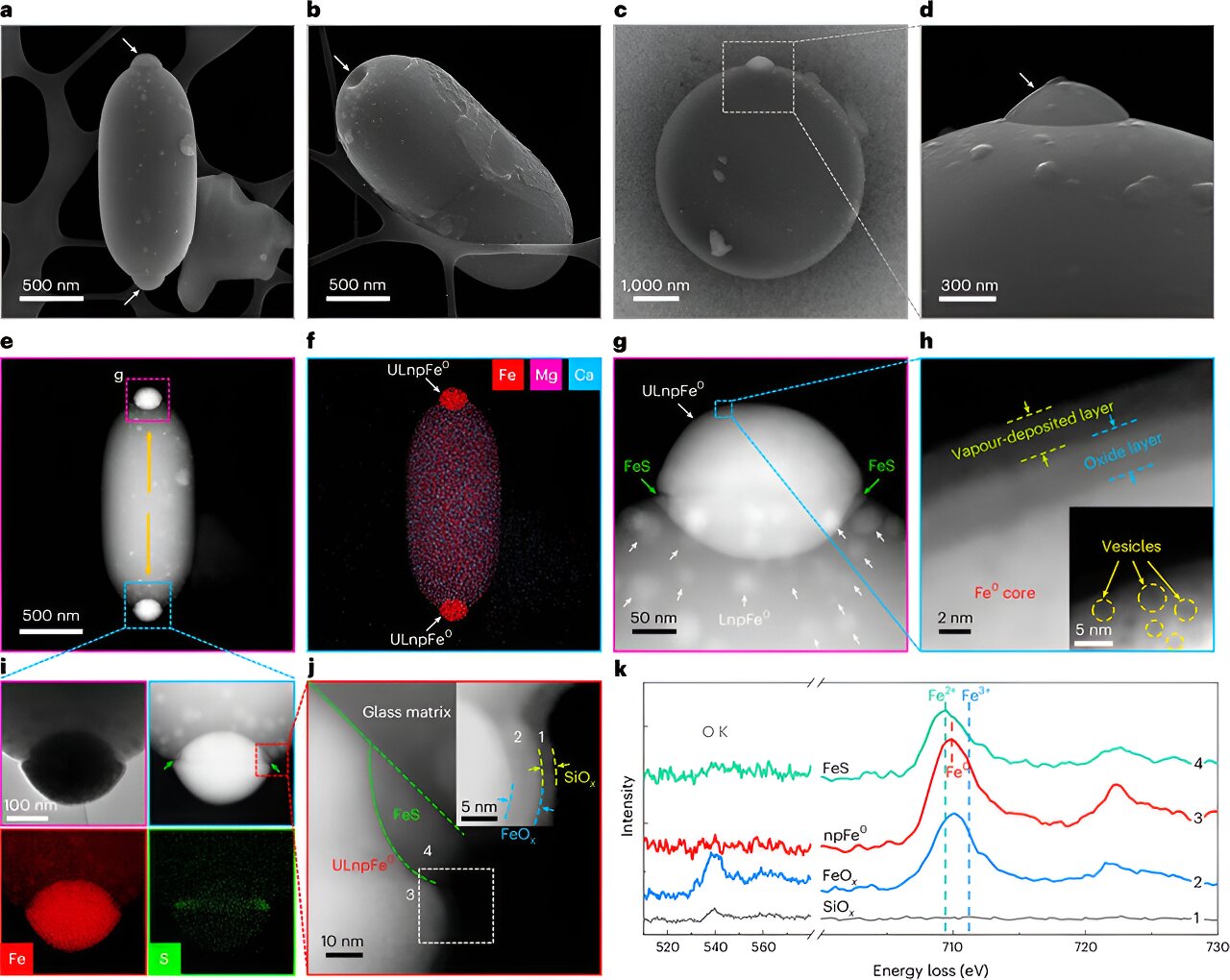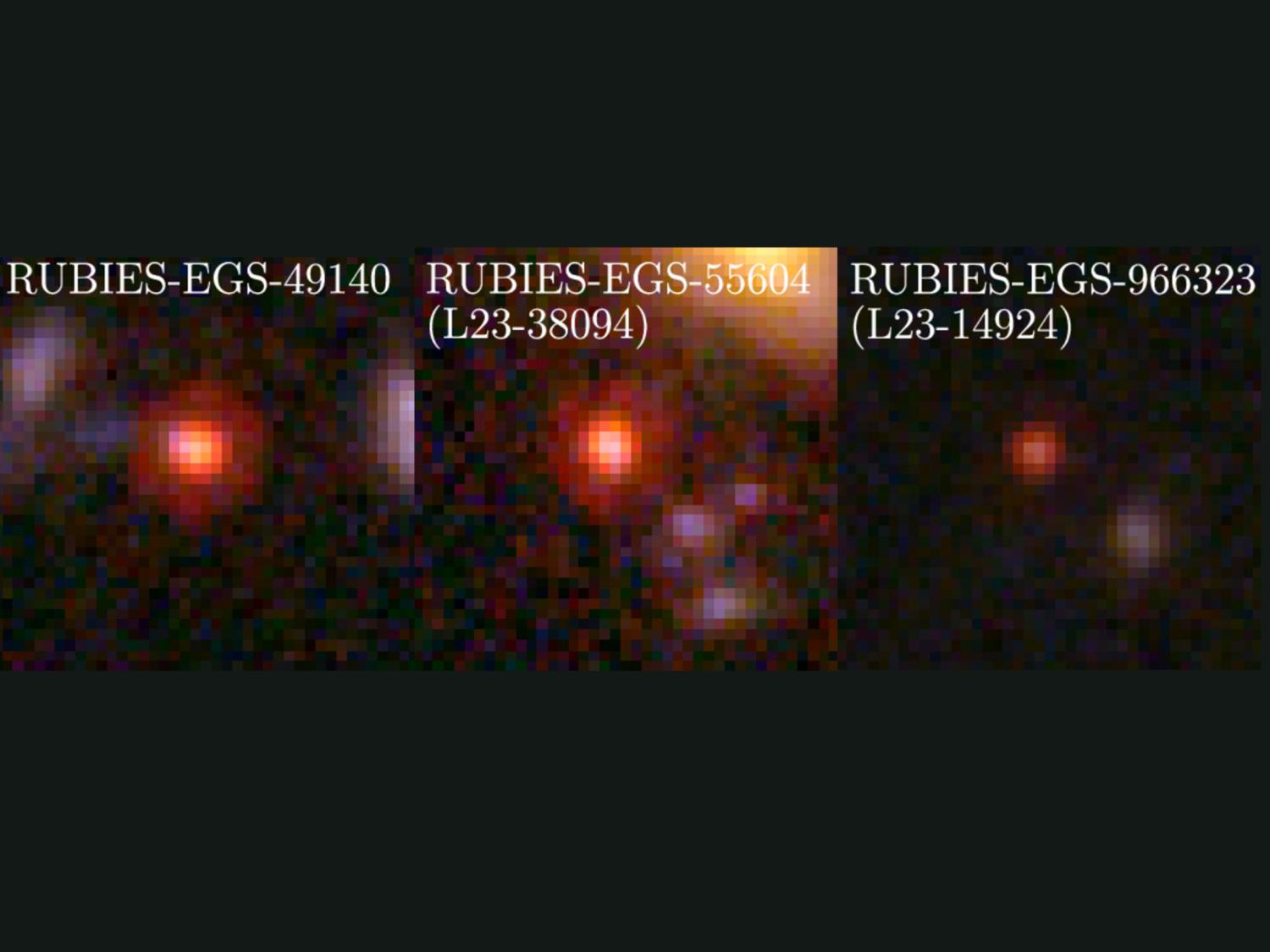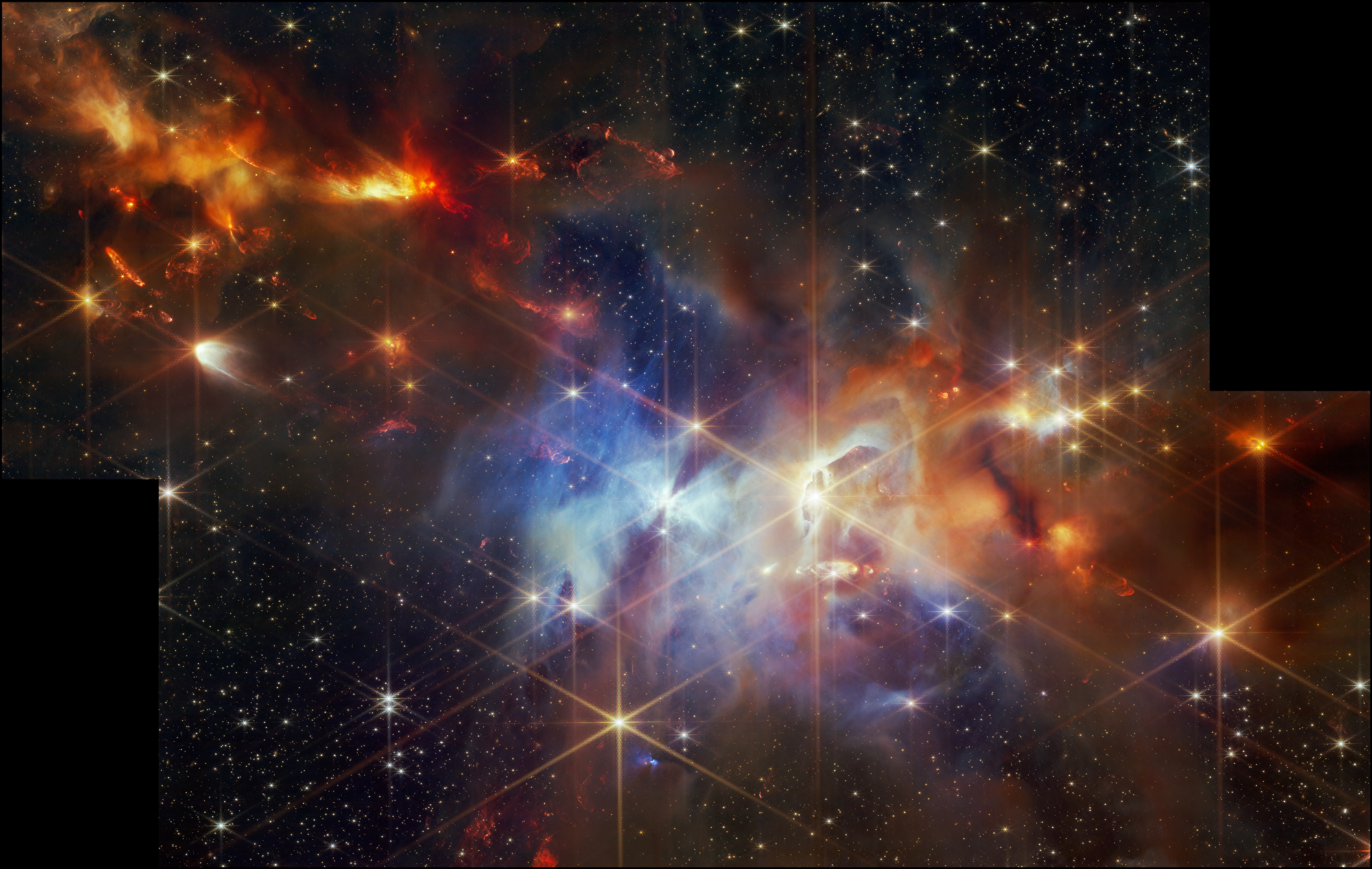
“We discovered that the glass beads in the Chang’e-5 lunar soil can preserve iron particles of different sizes, from about 1 nanometer to 1 micrometer,” said Prof. Bai.
“It is generally difficult to distinguish npFe0 of different origins observed together in single samples. Here we used the rotation feature of the impact glass beads to clearly distinguish npFe0 formed before and after the solidification of the host glass beads.”
In this study, the scientists found numerous discrete large npFe0, tens of nanometers in size, which tended to concentrate towards the extremities of the glass beads. This concentration effect can cause ultralarge npFe0 to protrude from the extremities.
Suc...
Read More








Recent Comments